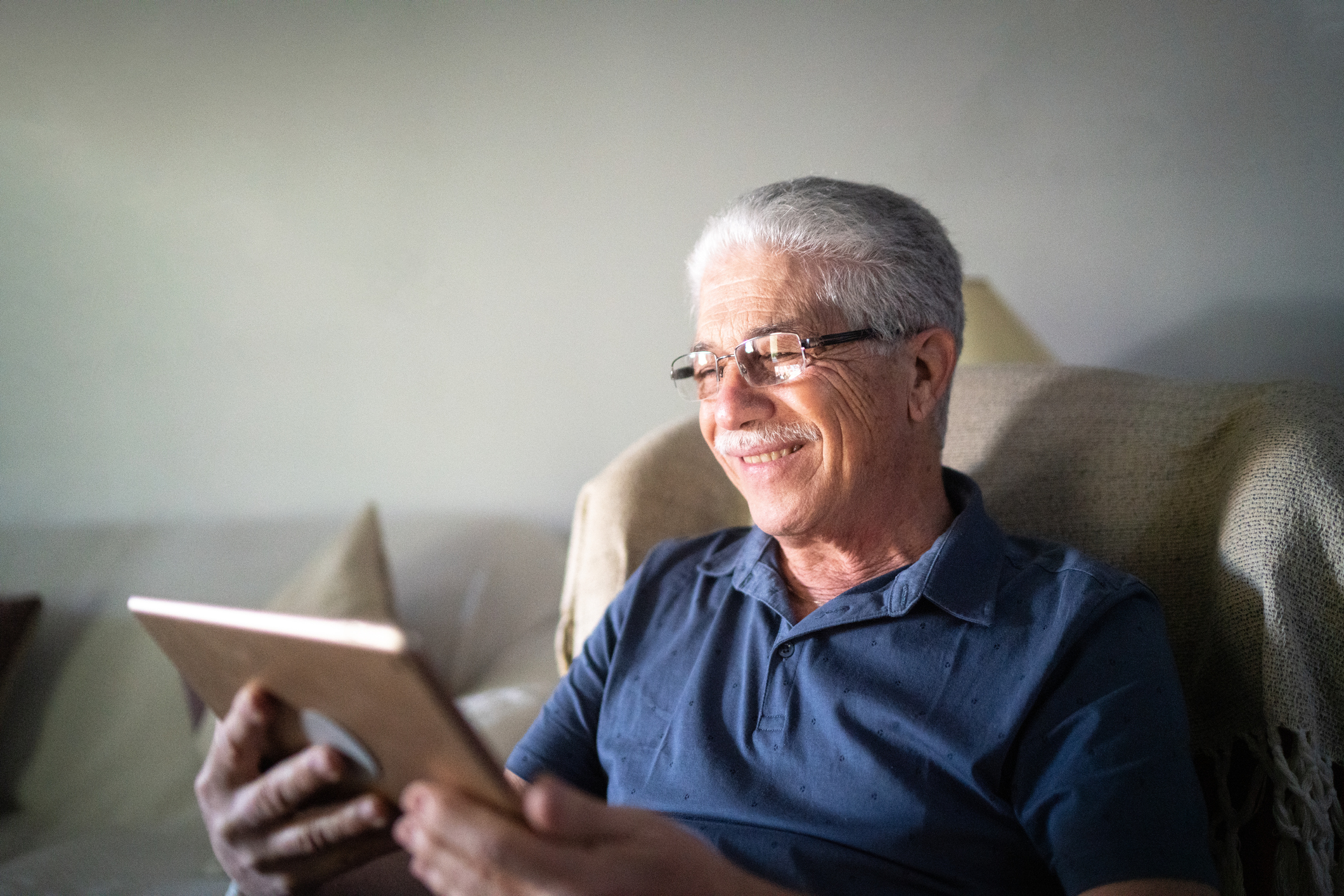It probably isn’t surprising that the push for interoperability has come down to public-private partnerships like the one announced in New York this week. The New York-led consortium of 19 states and 47 electronic health record and health information exchange vendors known as the EHR/HIE Interoperability Work Group formed a strategic collaboration with HIMSS and Integrating the Healthcare Enterprise. It was a recurring theme at the conference this year as were improving patient access to data and comfort level with that de-identified data being shared was also a source of discussion and digital health in the hands of doctors.
Countdown to connect RHIOs Dave Whitlinger, New York eHealth Collaborative executive director, told attendees that it was making lots of headway with its timetable on several milestones. The biggest is connecting New York’s Statewide Information Network, SHIN-NY, to the nine regional health information organizations will create a fully fledged health information exchange. About 83 percent of the state’s hospitals participate in a RHIO. He noted that the regional HIEs had already demonstrated their worth, with “the most used HIEs experiencing a 30% reduction in unnecessary imaging. In the first quarter of 2015, the statewide patient portal is scheduled to go live. “It will take some patients some time, but it is a really important engagement tool,” Whitlinger said.
Physicians are complaining more about EHR than they are about payers. It’s not very often that the health IT conferences I attend have a lot of doctors on hand — frequently there are CIOs from hospitals and health systems. It was interesting to hear their insights on the complexities of balancing their typing workload for EMRs and how they are using emails and text messages to communicate with patients. The idea just a few years ago that physicians are resistant to change has softened to the recognition that digital health gadgets and apps need to demonstrate their worth for physicians to use them.
Patient privacy You can’t have a talk about transmitting patient records on HIEs without acknowledging patient privacy concerns. The state’s patient portal allows patients to opt out of making their records available. Even though the merits of sharing physical information are clear to many, should psychological data be a separate issue? The sensitivity of that kind of information is one reason why many mental health professionals choose to keep paper records. But considering the impact of depression on medication adherence and other issues, that critical information risks being overlooked.

With the Rise of AI, What IP Disputes in Healthcare Are Likely to Emerge?
Munck Wilson Mandala Partner Greg Howison shared his perspective on some of the legal ramifications around AI, IP, connected devices and the data they generate, in response to emailed questions.
The power of data aggregation A panel on wearables took an interesting turn when the subject turned to the Northern California earthquake in August. Andrew Rosenthal of Jawbone talked about how it was able to use data from its wearables to pinpoint the epicenter of the earthquake. How? It could see where people were suddenly moving around in the early morning hours in the affected areas. That raises some interesting public health issues about how that data could be applied in the future. For instance, could folks in the impacted area get a few hours off work the following day to catch up on their sleep? As Rosenthal noted, “Data aggregation makes the unknowable knowable.”
Doctors and digital health On the other hand there was some palpable tension at times. Doctors repeatedly reminded about the need for sticking to best practice guidelines tend to get frustrated when digital health devices and apps are not put through the rigors of clinical studies. As a dermatologist put it, with an unmistakable reference to Topol’s talk, and I’m paraphrasing – We want to see clinical studies and you’re showing us Forbes articles. Although Dr. Ezekiel Emanuel emphasized that mobile health apps would be just one set of several tools to help patients manage their health, he also noted that he wasn’t 100 percent sure that doctors should be part of the evaluation process for those apps. That’s the kind of approach that doesn’t endear physicians to the potential merits of digital health.
Some practicing physicians have taken the initiative by developing apps themselves. A radiologist, Dr Eric Baumel, decided to learn how to write code and developed a set of apps that could be used as reference tools for other radiologists. His company, Softcode Systems, developed an app, Radiology Toolbox Pro to help doctors and technicians interpret MRIs, nuclear medicine studies, X-rays and ultrasounds studies. It offers criteria for managing things like renal cysts, thyroid and pulmonary nodules and liver segment anatomy.
A growing interest in machine learning as a way to speed up the diagnostic process for, say, imaging was championed by Emanuel in his talk. He said it could be applied to radiology, which would cut down on the number of radiologists needed. Baumel wasn’t optimistic that those days would be upon us anytime soon. The complexities of interpreting scans requires years of training and experience. The level of technology required to make that kind of transition to happen is nowhere near where it needs to be.













